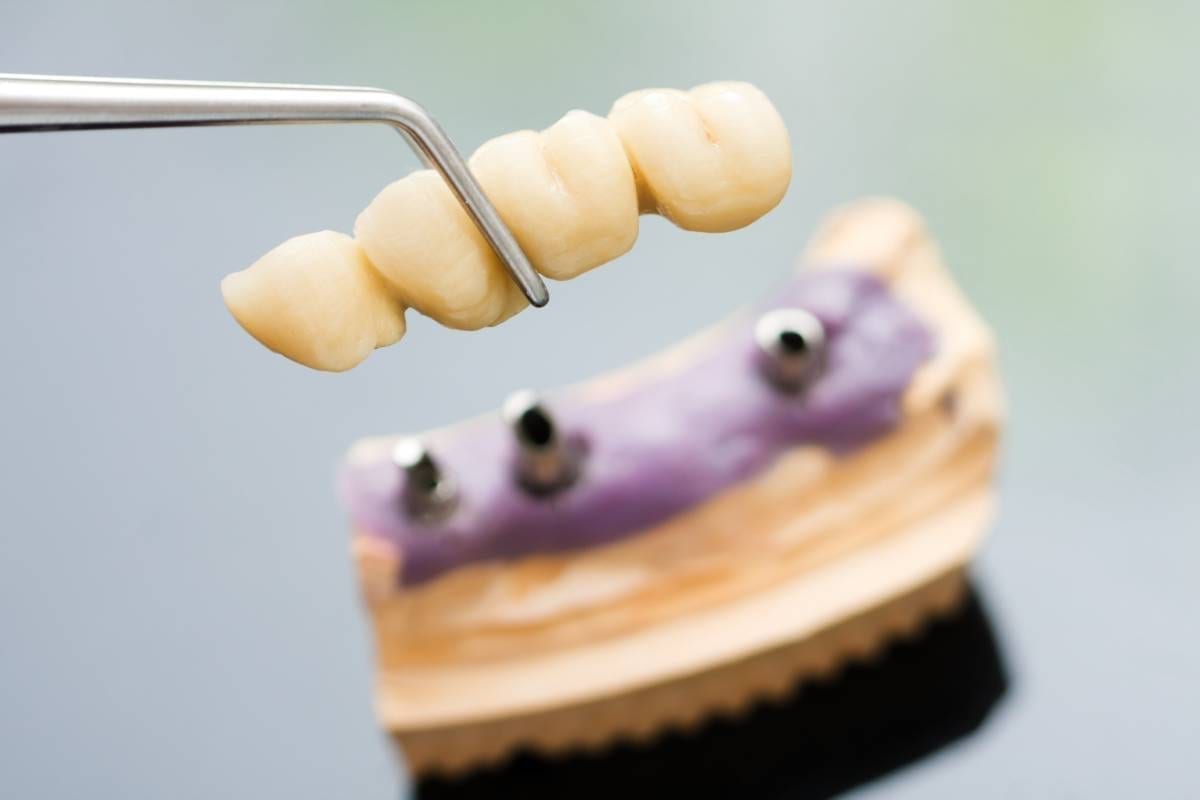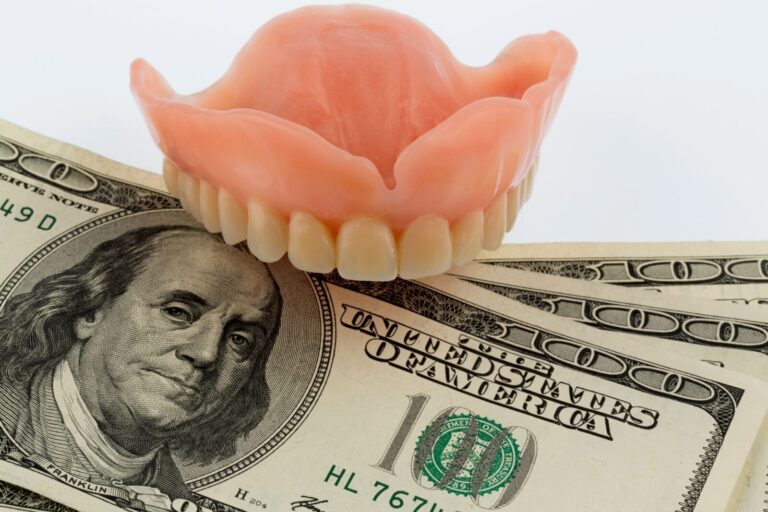We lose keys.
Socks mysteriously vanish in the washing machine.
And, sometimes, we even lose teeth.
And we’re not talking about losing teeth as a child when the tooth fairy comes and pays you a visit.
We’re talking about adults losing teeth here. No tooth fairy involved (unfortunately). Just a permanent hole in your mouth.
If you lose one or more teeth, you can decide not to do anything about it. Maybe you like that tough guy/gal look it gives you. Maybe you’re lazy and enjoy being able to pop Tic Tacs without having to move your jaw. Hey, it’s your mouth and your choice.
A lot of people, however, don’t want to live with missing teeth. And for cosmetic and/or health reasons, they are looking for something to replace the missing tooth or teeth with.
That’s where dental implants come in.
What Are Dental Implants?
A dental implant is a replacement tooth root that is surgically implanted in the jawbone under your gums. The implant is commonly made out of titanium or zirconium. Once it’s in there, your dentist can attach a replacement tooth or bridge to the implant(s) to give you a long lasting, realistic looking replacement.
There are two main types of dental implants and they have big, boring sounding names (hey, we didn’t name ’em, we’re just passing the info along) but bear with us while we explain them is as non-boring a way as possible.
Endosteal implants
Endosteal implants are the most common type of implants. They are implants which are placed (or implanted – see where the name “implants” comes from?!) into the jawbone. They can take the form of screws, cylinders or plates. Which form is used depends mainly on the amount of bone and the bone quality. After the patient has healed from the initial procedure a post is connected to the endosteal implant. Then the artificial tooth is added to the post.
Subperiosteal implants
Subperiosteal implants are not placed into jawbone. Instead they are placed on top of the bone, but under the gums. Kind of like a saddle a cowboy puts on a horse. They’re used for people who have shallow jawbones. These implants have bars or posts that come up through the gums and the artificial tooth/teeth are attached to the posts.
Hopefully that answers your question about what dental implants are and you can now impress your friends with your newfound knowledge!
To find out more about dental implants, check out some of our other articles on the topic in our resource section.
And, if you really want to get schooled on dental implants, we’d recommend visiting one or more cosmetic dentists in your area to see if you’re a good candidate for implants, how much they cost, etc. To find a cosmetic dentist near you that specialized in dental implants, search our listings here.








